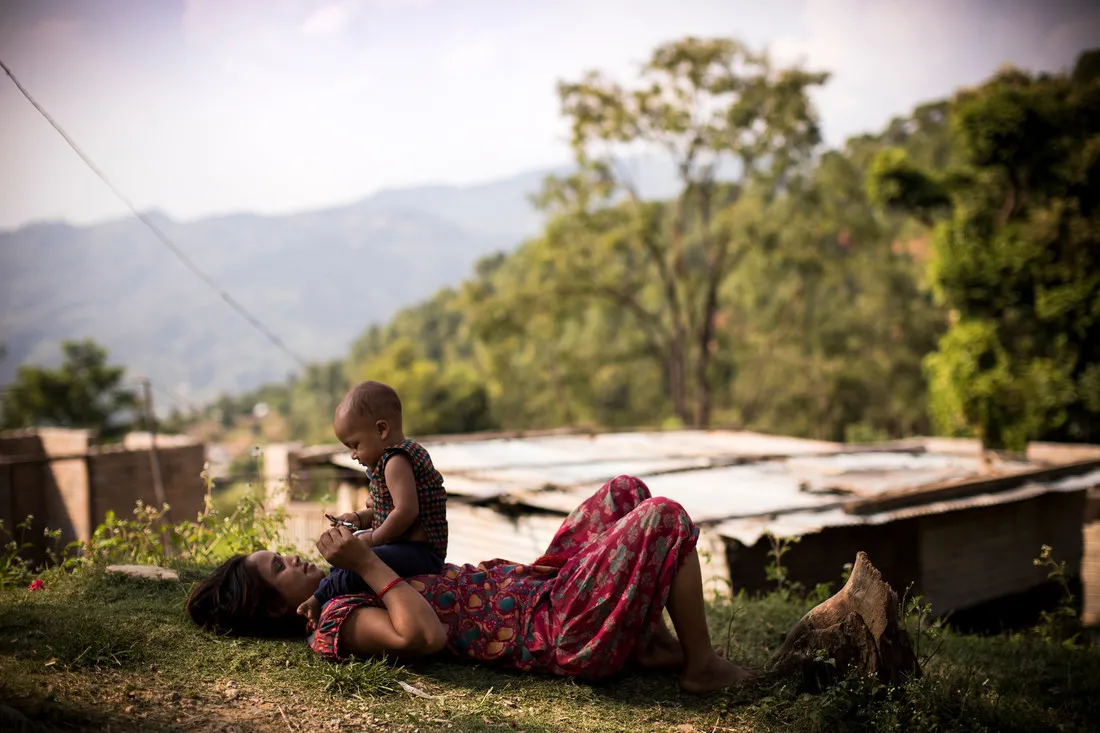The story of global health in the last decades is the story of staggering inequality.
In poor countries, 20 in 1,000 (or 1 in 49) women will die from a maternal cause. In Sierra Leone, 1 in 17 women will die while giving birth.
In general, global health problems include issues of inequality in wealth, access, and infrastructure. We know how to solve these problems but have not yet fully gotten those solutions to the most at-risk people. CARE, through the Right to Health strategy, aims to bring these solutions to those most in need with the goal of supporting 50 million people to achieve their right to health. This includes 30 million women and girls’ access to reproductive health by 2030.
We will accomplish this by:
- Strengthening local health systems and community-based organizations
- Supporting marginalized population groups, especially adolescents, to exercise their right to health
- Increasing access to quality health services, including reproductive health services, in humanitarian and fragile settings
- Preparing and responding to public health emergency preparedness by leveraging our long-term relationships with governments, frontline health workers, and communities

